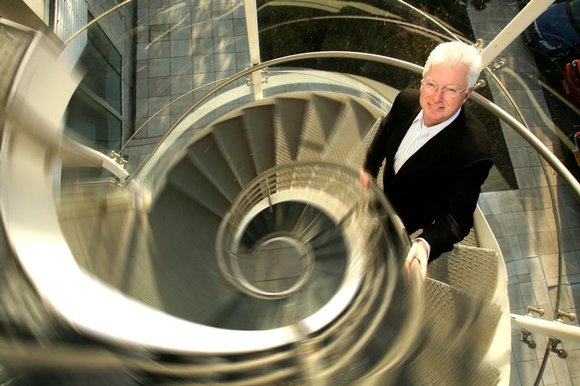Win the strategy game in five steps
Planners must plot a middle path between dreaming and hasty action
By Hannah Prevett

You do have to think big, says AG Lafley, former boss of Procter & Gamble
Chief executives may think they know what a good strategy looks like. But according to AG Lafley, the former Procter & Gamble boss, and Roger Martin, dean of the Rotman School of Management in Canada, they haven’t a clue.
“In a sense, strategy has become a bureaucratic planning exercise to lay out all the stuff organisations are going to do, rather than being an exercise . . . where companies say ‘we’re going to stand in this territory and this is how we’re going to win’,” said Martin.
Such was his and Lafley’s frustration with this approach that they decided to write the book Playing To Win: How Strategy Really Works, in which they explain their vision of strategy as a set of five elements: a winning aspiration, where to play, how to win, core capabilities and management systems.
“You must have all five of those; they all work together,” said Lafley. “There are lots of examples where organisations do some of it, but they don’t do all of it. If you don’t have all five, it starts to fall apart.”
Devising bold strategies can seem daunting to a novice decision-maker, Lafley acknowledged, but he added: “I do believe that you have to be courageous. You do have to think big, and you do have to really think through what winning looks like. If you don’t, it’s unlikely you are going to come up with a winning strategy.”
A common reason cited by leaders for putting off difficult strategic decisions is that they are too busy — especially in times of economic uncertainty. “When things go bad . . . you get people who make the excuse that they don’t have time for strategy,” said Martin.
The irony is, he added, that they are often proud of this. “There’s this dogma of ‘just do’. They say things like, ‘If I were a bureaucrat, I’d stop and think about strategy, but I’m an activist manager and that means I do stuff’. That’s the dominant mode of thinking.”
At the opposite end of the spectrum are the dreamers, Martin said. “This is where people think strategy is grand ambitions. So their strategy is to be the biggest company or the very best company, but they have nothing that will actually help them achieve that dream.”
The setting of strategy must be led by the chief executive but it should also be collaborative and inclusive, the authors believe.
When Lafley was leading the strategic turnaround of P&G, he spent a lot of time developing ideas with the board. “I involved them in the process. I involved them in the thinking through.”
The board continued to be involved in the evolution of the plans, he said. “Even after the strategy was set, every year we had a two-day offsite [meeting] where we devoted all that time to updating the strategy — how we might strengthen in the areas where we were winning and what we might change in the areas where we weren’t winning.
“No strategy is for ever,” Lafley added. “You’re lucky if [it] lasts three to five years. You’re always responding to changing consumer dynamics and you’re always responding to changing market dynamics.”
This is where companies are likely to get it wrong, said Martin. “Chief executives often imagine how strategy works is that you take everybody off-site, crunch data, and think and think and think, and then you finally come up with strategy, and you commit to that for time immemorial.”
Once an organisation has set a course, every employee must be made aware of it. “Simple communication is the only way you can get strategy executed across 90 to 100 countries and 100,000 people,” said Lafley. “They need to understand so they can operate and execute with excellence.”
The role of the leader in this is to cascade decisions down, said Martin. “Leadership is about making the choices only you can make, and then assisting the people at one level lower to make the choices they need to make.”
It is impossible to predict an outcome for organisations that get to grips with strategy, said Martin: “How long before it’ll start to show up in the financials is anybody’s guess.” But he is sure what it means for a boss: “You’ll be better at your job the minute you start thinking about strategy.”






